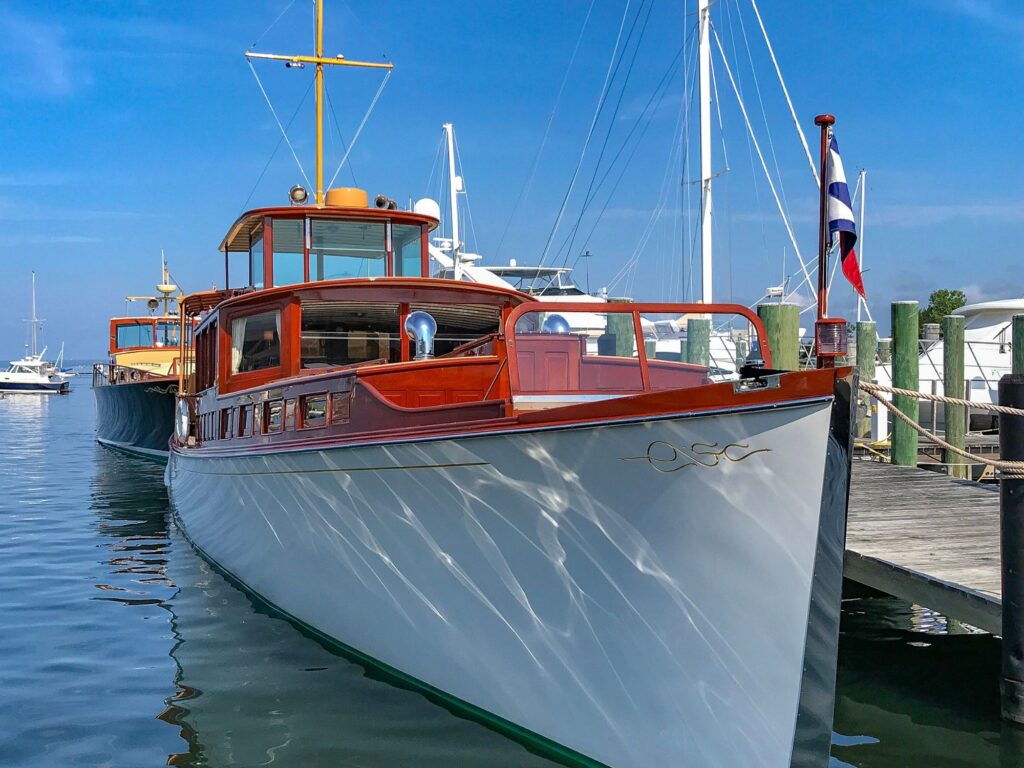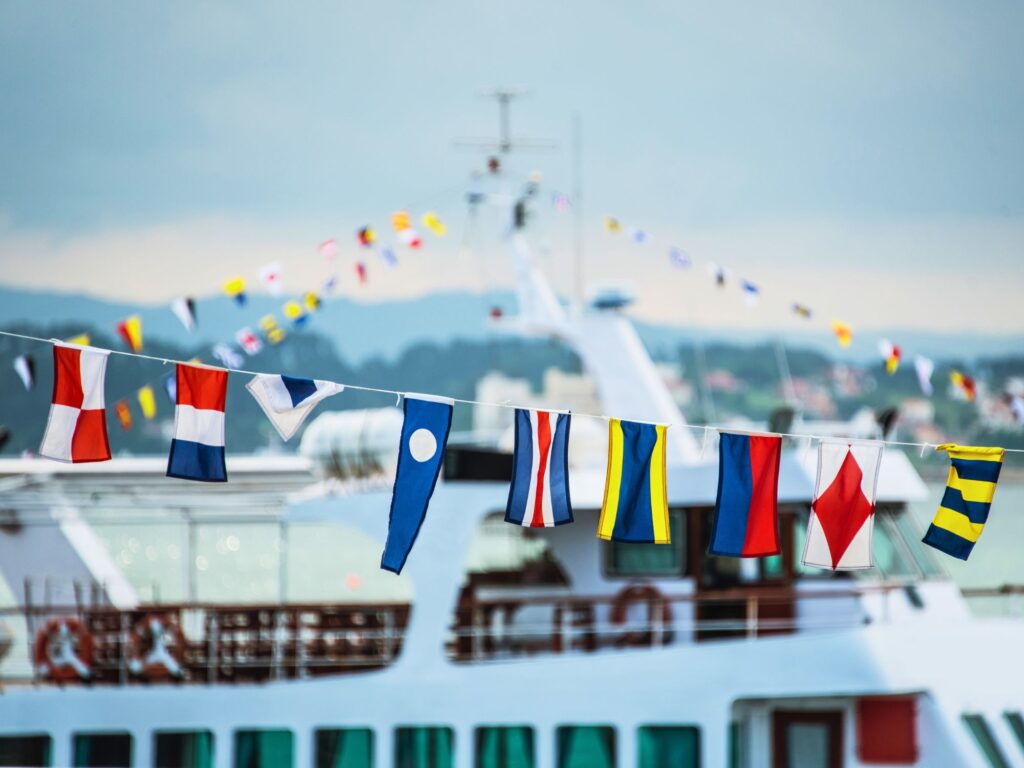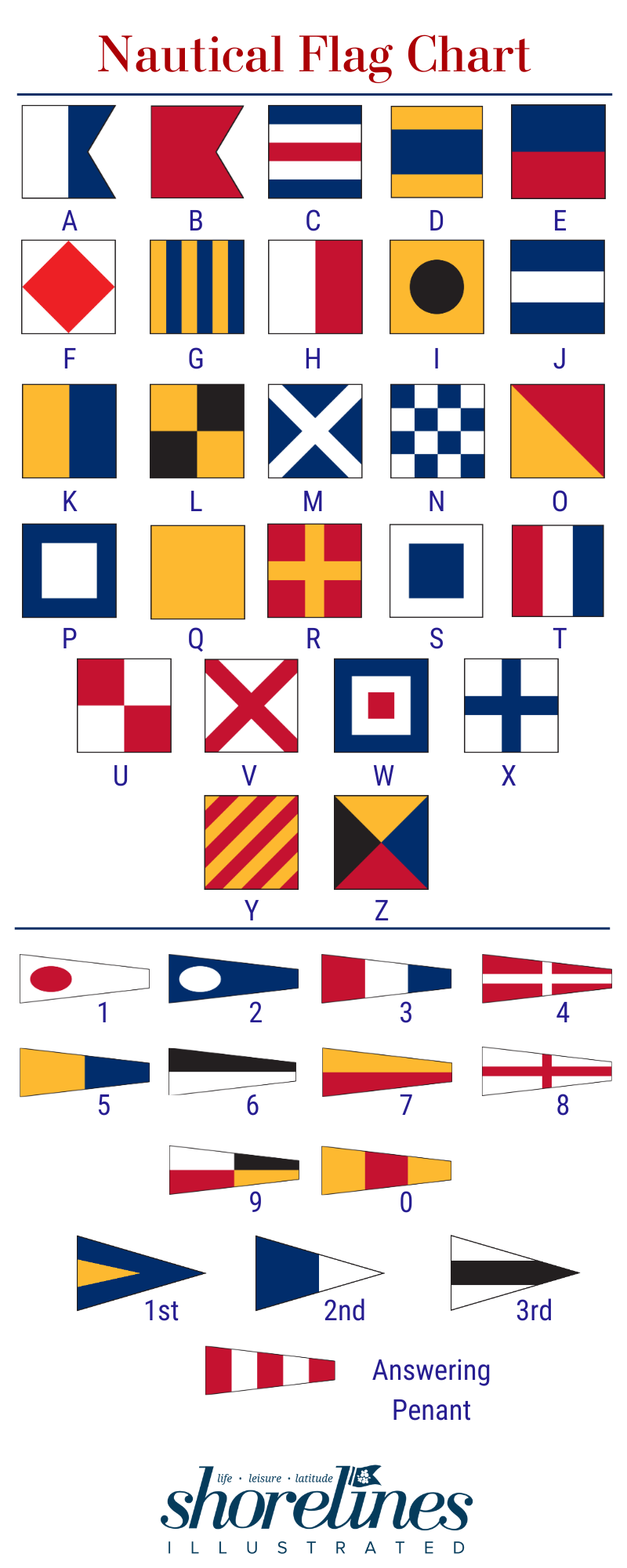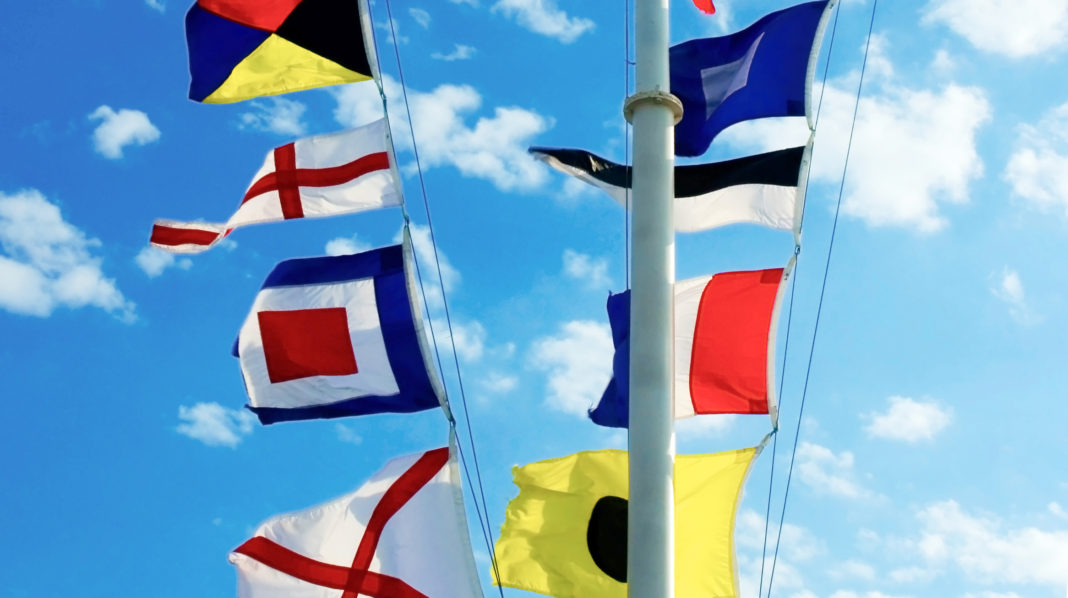Ahoy there! Have you ever wondered about those colorful flags you see fluttering on docks and seaside buildings? They’re called nautical flags, or burgees, and they have an interesting history. In the past, they were essential for communication between ships at sea, before radios and sonar came along. But nautical flags are more than just pretty decorations – they serve a practical purpose for boaters too.

Nautical flags are part of an international code signaling system. These flags represent letters of the alphabet, numbers, and other signals, and they come in vibrant colors like red, blue, yellow, black, and white for maximum visibility. The combinations of these colors were carefully chosen to be easily distinguishable from afar. So, if you see flags that are red and white, yellow and blue, blue and white, or black and white, now you know why!
But nautical flags aren’t just for communication at sea. They also play a role in recreational boating. For example, there are flags that indicate the nationality of a vessel, the yacht club it belongs to, or even the personal interests of the boat owner. It’s like wearing a badge of honor on the water!

Speaking of flags, there are also important warning flags that boaters should be aware of. These flags, like the Hurricane Warning Flag and the Skin Diver Down Flag, send important messages to other vessels. They let everyone know about potentially dangerous weather conditions or the presence of divers in the area.
While technology has made nautical flags less necessary for everyday communication, it’s still a good idea for boaters to understand the basics. Who knows, maybe you can even use your newfound code skills to spruce up your beach house with some flag decorations! So, next time you spot those colorful fluttering flags, remember the fascinating history and practicality behind them. Happy boating!



























